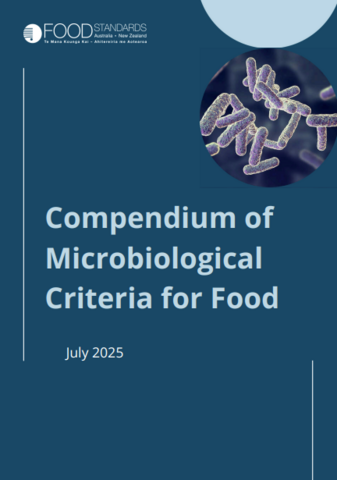Microbiological testing can play an important role in food safety management providing the reason for testing is clear and the test applied is appropriate.
Microbiological criteria support decision making about a food or process when microbiological testing is used. A microbiological criterion provides microbiological limits that are considered appropriate to a food at a specific point of the food chain and states the actions to be taken when the criterion is not met.
Microbiological criteria that are applied to determine the safety of a food lot (food safety criteria) are included in the Australia New Zealand Food Standards Code (the Code).
Other microbiological criteria (process hygiene criteria) can be developed and applied at various stages throughout the food chain to indicate whether the food safety controls in place are working as intended.
The Compendium of Microbiological Criteria for Food is a compilation of process hygiene criteria that have been established for specific food commodities and microbiological guideline criteria used for ready-to-eat foods. It supersedes the guidelines for the microbiological examination of ready-to-eat foods and the user guide to Standard 1.6.1.
The development of process hygiene criteria is an ongoing activity associated with the review of Standard 1.6.1. The Compendium is periodically updated to include new criteria as needed. In July 2025, guidance was added for seafood and cell-cultured food.
Download the Compendium: PDF (1.24 MB)

